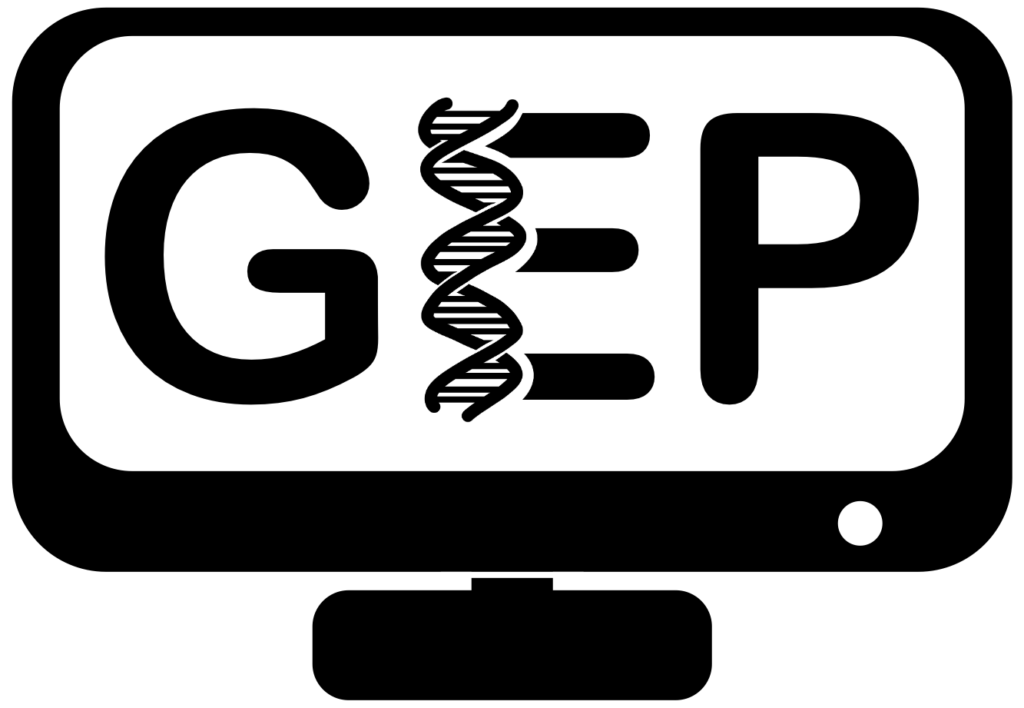Introduction to BLAST using Human Leptin
Dr. Justin R. DiAngelo (Penn State Berks) and Dr. Alexis Nagengast (Widener University) have developed an exercise that introduces students to the basic functionality of the NCBI web site and NCBI BLAST. Students will use NCBI BLAST to identify the putative orthologs of the human Leptin gene in other species.
